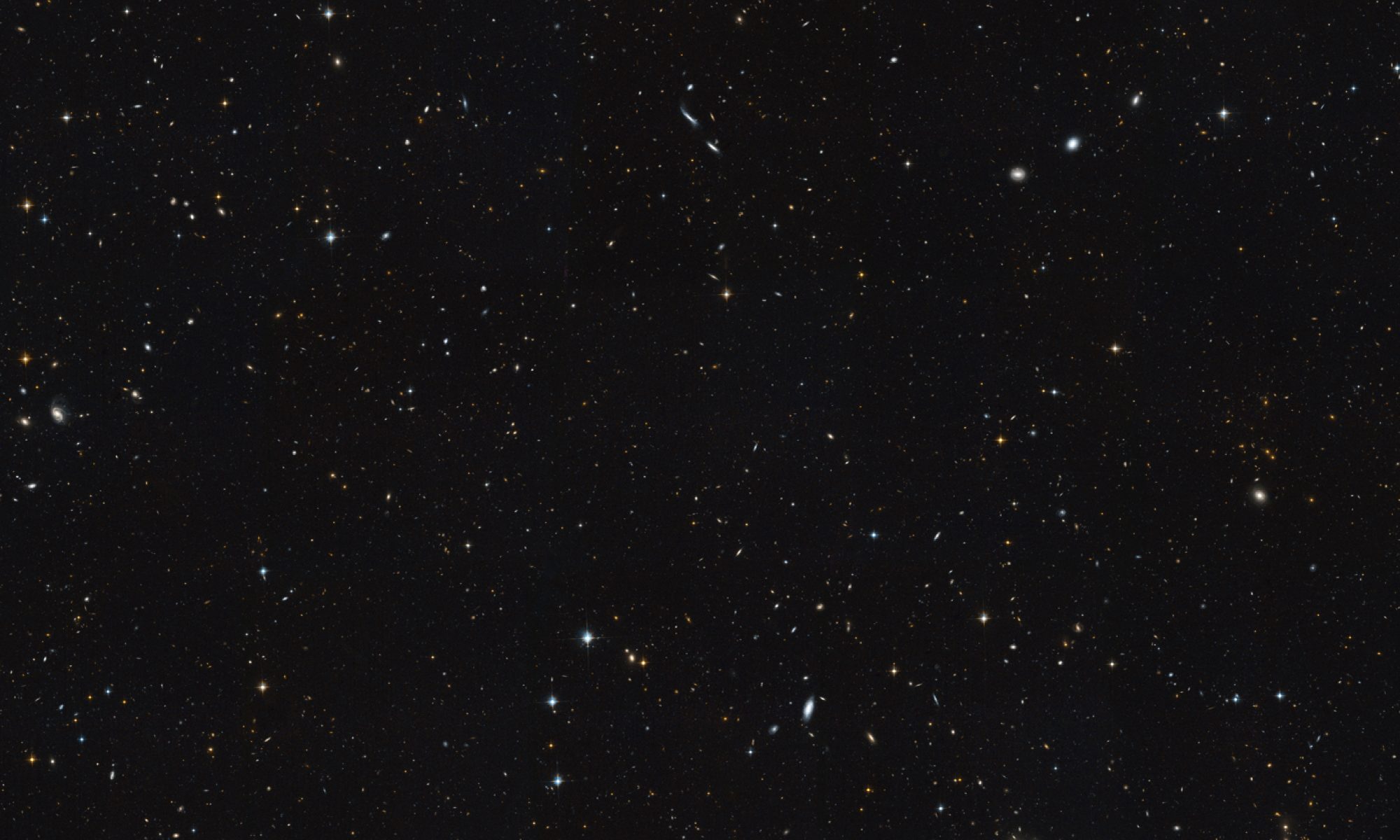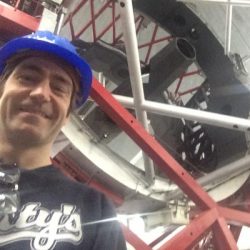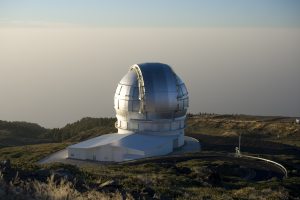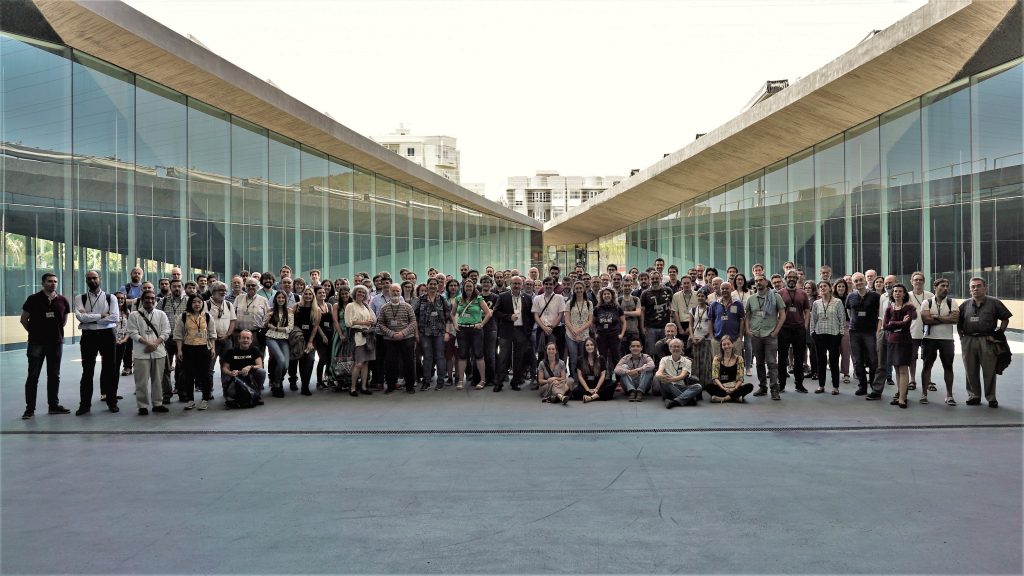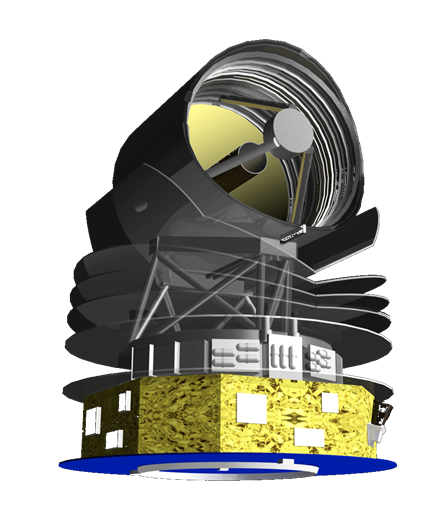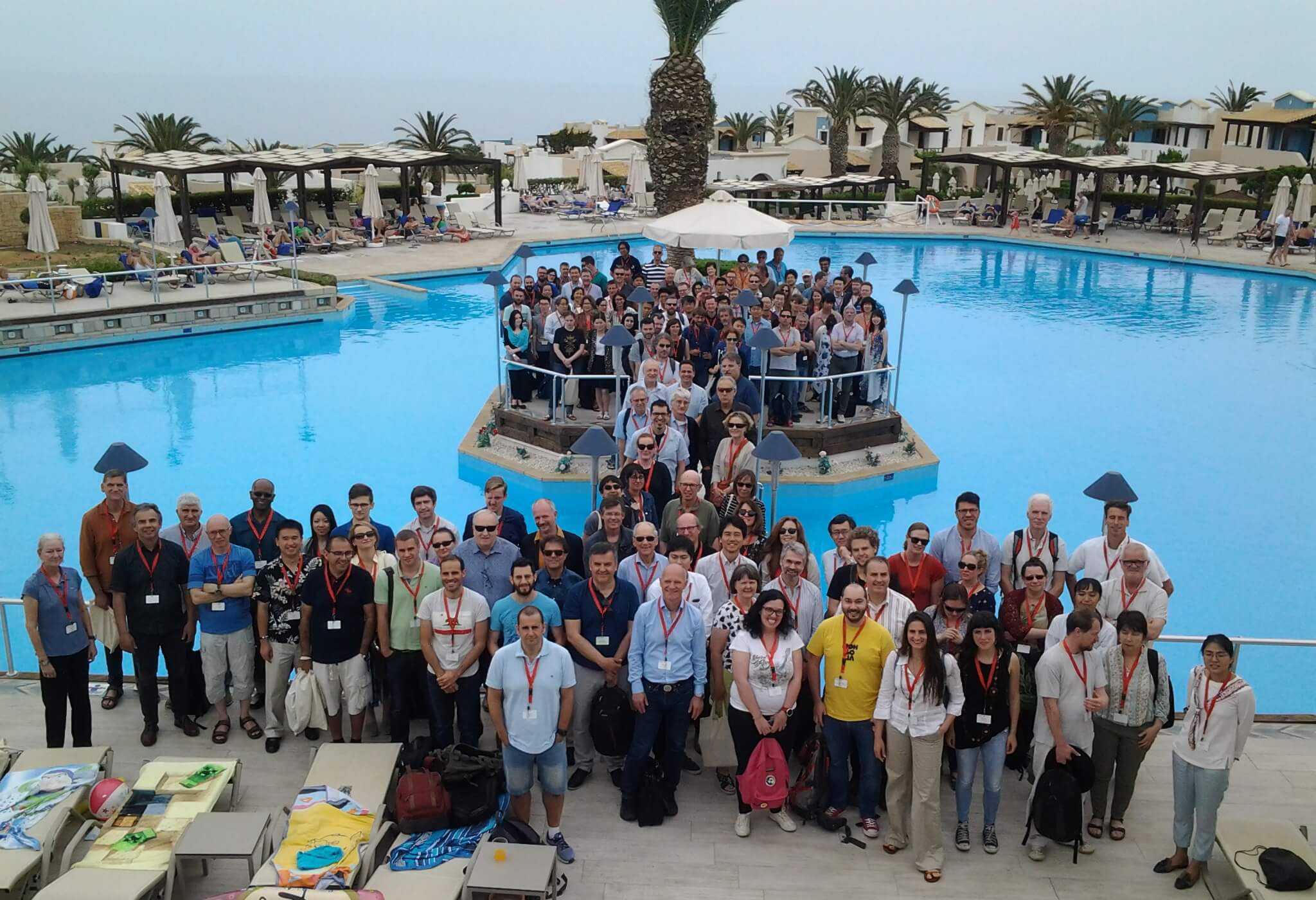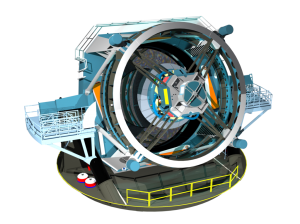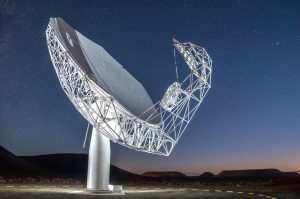
In February I will attend a James Webb Space Telescope (JWST) Master Class at the European Space Agency (ESA) in Madrid to learn about the tools required to submit observing proposals. The purpose of this meeting to ‘teach the teachers’ so that a number of us from across Europe can organise workshops to train astronomers how to submit proposals in preparation for the first call with a deadline on 1 May 2020. More information about the Masterclass here.
If you would like to attend one of the workshops in Spain you have two options. There will be one at the Instituto de AstrofÃsica de Canarias (IAC) in Tenerife on 12-13 March 2020 and one at the Centro de AstrobiologÃa (CAB) in Madrid on 16-17 March 2020. You can find out more and register here for the IAC meeting or here for the CAB meeting.
The Webb telescope is an extremely exciting prospect for astronomy and I look forward to learning more about the technology, science goals and how to prepare for observations.
